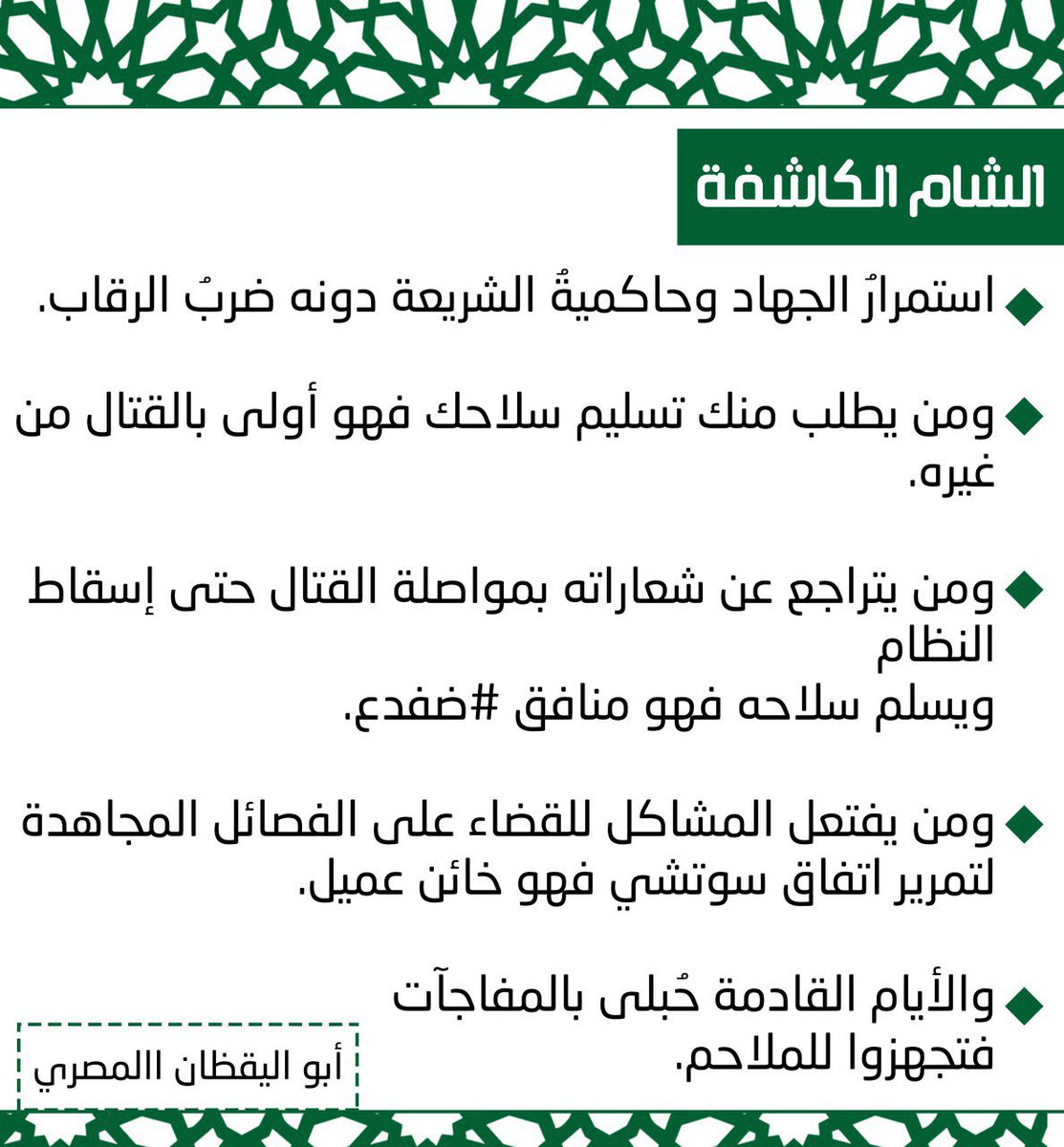Below is a translation of the editorial from issue 236 of the Islamic State’s weekly newsletter al-Naba, in which the group theorizes guerrilla warfare.
In the editorial, the Islamic State offers its membership a religious-jurisprudential justification for hit-and-run guerrilla warfare when they are outmatched conventionally. Though the group’s ultimate goal remains a territorial “state” – akin to what it realized in Syria and Iraq 2014 – it also recognizes the need for extended irregular warfare below that semi-conventional threshold, in order to create conditions appropriate for territorial control. The editorial thus instructs the group’s membership not to attempt to hold and defend territory prematurely, and not to squander manpower and resources. Rather, the editorial makes clear that in the long lead-up to open, semi-conventional warfare, hit-and-run attacks are advisable and entirely legitimate.
The editorial comes as the Islamic State is midway through the third iteration of a global campaign titled “the Raid of Attrition,” and thus synergistically offers religious support for that campaign. (As with the Islamic State’s other announced campaigns, I tend to be skeptical that they amount to anything other than a branding exercise, and a label applied to affiliates’ activities that were already underway.)
As with other instances in which the organization has issued strategic or tactical guidance to its affiliates worldwide, the thinking in this editorial is not hugely novel or inventive – the Islamic State has not necessarily innovated irregular warfare. What the group does seem to have done is compile and synthesize sound foundational ideas, then rationalize them in religious terms. I don’t see any reason to think the group’s tactics derive originally from the religious textual basis in this editorial, as opposed to, say, the accumulated know-how of veterans of the pre-2003 Iraqi military and security forces, or the other diverse militants who have cycled through the Islamic State and the broader transnational jihadist movement over the last several decades. If I had to guess, I would assume the group is mainly finding religious validation for guerrilla warfare fundamentals that it assimilated from other sources.
The editorial’s guidance to avoid the pointless, self-destructive defense of territory seems logical, and consistent with the behavior of Islamic State affiliates globally, including in West Africa and, most recently, Mozambique. On the other hand, that guidance seems inconsistent with the group’s seizure of large sections of territory in Iraq and Syria in 2014, followed by its invitation of an international military intervention against itself and costly, losing defense of that territory, part of a series of decisions that are difficult to explain in retrospect.
Still, the editorial is a further reminder that we shouldn’t assume the Islamic State will imminently attempt a return to territorial control, and that we shouldn’t use that as our measure of the group’s capability. For more on how to gauge the Islamic State’s strength, see my recent Crisis Group commentary, “When Measuring ISIS’s ‘Resurgence’, Use the Right Standard.”
Translation follows:
Continue reading →
